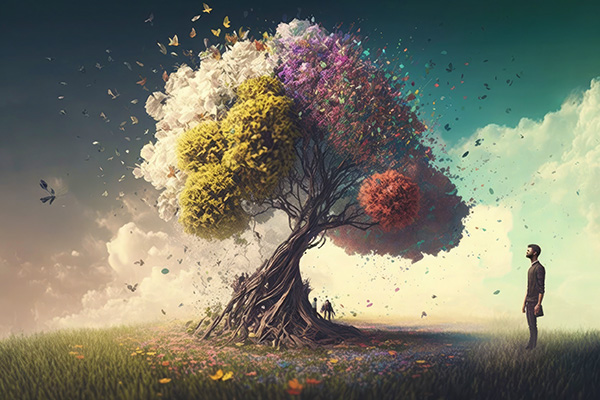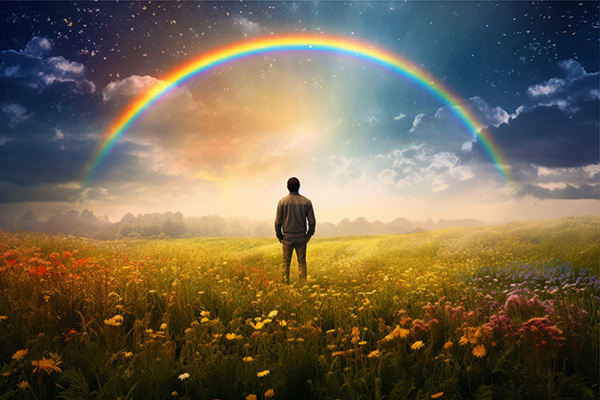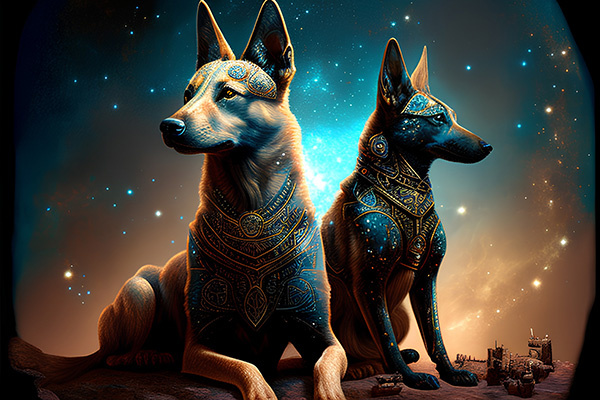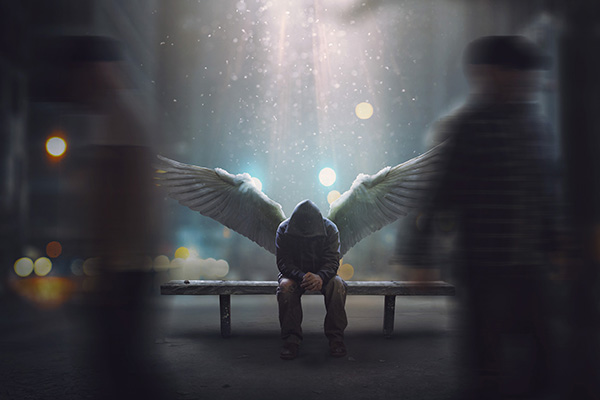deities
The Soulful Practice Of Kirtan Chanting
 An ancient spiritual practice less known in the West has transformed my spiritual routine in recent years. It is known as kirtan a beautiful form of devotional chanting that originated in ancient India.
An ancient spiritual practice less known in the West has transformed my spiritual routine in recent years. It is known as kirtan a beautiful form of devotional chanting that originated in ancient India.
The term “kirtan” comes from Sanskrit and means “narrating, reciting, telling, describing” of an idea or story, particularly in a religious context. This enchanting practice weaves together music, meditation, chanting, and a deep sense of spiritual expression.
Kirtan is a central practice in the Bhakti Yoga tradition, which emphasizes love and devotion to a personal deity. It involves the repetitive chanting of mantras and divine names, traditionally in Sanskrit, accompanied by musical instruments such as the harmonium, tabla, and cymbals.
Traditionally, kirtans focus on chanting the names of deities like Krishna, Rama, or Sita. The kirtan leader sings a line and the congregation responds, creating a rhythmic and melodic interplay that is both meditative and invigorating.
While Kirtan remains rooted in its spiritual origins, it has gained global popularity beyond India and the Bhakti tradition. As the practice of yoga has boomed worldwide, kirtan too has seen an immense rise in popularity. It’s a testament to the universal appeal and transformative power of this captivating practice.
Kirtan events and gatherings are known for being welcoming and inclusive, focusing on the shared experience of chanting rather than strict religious adherence. Unlike the typical musical experience in spiritual settings, kirtan invites everyone to participate in a soulful, call-and-response chanting that creates a profound connection to the divine and brings people closer together.
A Christian Mystic’s Guide To Dealing With Pain
 Our search for the meaning of pain, hardship, and suffering is a profound and enduring human endeavor.
Our search for the meaning of pain, hardship, and suffering is a profound and enduring human endeavor.
Throughout history, our spiritual beliefs and religious teachings have helped us understand and find meaning in life’s challenges and painful experiences.
These interpretations provide comfort, guidance, and a sense of peace in the face of adversity as we learn that suffering has a purpose or can lead to spiritual growth, enlightenment, or a deeper connection with the divine.
Our spiritual quest to better understand pain is driven by a deep desire to make sense of life’s challenges and to discover how these difficult experiences fit into the larger tapestry of our existence.
Religions and spiritual wisdom traditions around the world offer different perspectives on pain and suffering, each with its own explanation for why these experiences occur and how they should be approached or understood.
These diverse perspectives all share certain common threads: that the origins of pain and suffering lie in the concept of duality; that there is meaning to be found in suffering; and that through faith, reflection, and spiritual practice we can transcend the pain caused by duality and connect with something greater than ourselves.
Find Your Rainbow In Troubled Times
 There are days when it seems like the storm winds and rain in your life will never stop. Those days when your mind is filled with shadows and your heart is heavy. When a grief or a broken heart seems like a never-ending wound.
There are days when it seems like the storm winds and rain in your life will never stop. Those days when your mind is filled with shadows and your heart is heavy. When a grief or a broken heart seems like a never-ending wound.
But trust me. One day soon you will walk out into the sunshine and see another beautiful rainbow! You will look at the colors of a perfect rainbow after a destructive storm of heavy rains and gasping winds, and you will know that all is well.
The storm may sometimes seem never-ending, but we always find a rainbow of promise on the other side. Then you will see the majesty of the spectrum of colors and the great arc that delights the sky. And if you follow that wondrous curve carefully, you may even find the pot of gold at its end!
In that perfect moment, you will forget the sadness and despair you felt before. The heaviness in your heart will be gone and you will be reminded that nothing is lost forever. The rainbows of life will always bring new moments, a new day, a new beginning. This is Spirit’s promise to us.
Since the dawn of time, rainbows have captured the imagination and beliefs of people in different cultures as a divine symbol of hope, healing, protection and rebirth.
The Mythical Legacy Of Dogs
 The cat isn’t the only pet with a long history of myth and legend. Dogs have played an important role in human culture and spirituality for centuries.
The cat isn’t the only pet with a long history of myth and legend. Dogs have played an important role in human culture and spirituality for centuries.
The dog, or “man’s best friend,” is the subject of many magical tales, wisdom traditions, and folklore throughout the world. Like the cat, dogs were companions of the ancients and are still considered symbols of loyalty, courage and protection.
In Greek mythology, dogs are associated with the goddess Hecate, who is also known as the “dog goddess.” She is the goddess of witchcraft, magic, and the crossroads, and is typically depicted in ancient Greek art with a pack of dogs at her side.
Today, the brightest star in the night sky, Sirius, is also known as the Dog Star, because it is traditionally seen as the protector of the night sky. In many cultures, Sirius has been associated with dogs because of its brightness and prominence.
Perhaps the most famous dog in Greek mythology is Cerberus, the three-headed guardian of the underworld. Cerberus not only prevented the dead from leaving the underworld, but also the living from entering it. He was finally captured by the hero Heracles in one of his twelve labors. Another famous Greek dog is Laelaps, a swift dog given by the god Zeus to the hunter Actaeon. Laelaps was so fast that he could catch any prey, but he was also cursed to always catch his prey.
The Spiritual Symbolism Of The Circle
 The circle has a profound and universal meaning in spirituality across cultures and belief systems. It symbolizes a variety of spiritual concepts and offers insights into the interconnectedness of life, the cyclical nature of existence, and the infinite potential for growth and transformation.
The circle has a profound and universal meaning in spirituality across cultures and belief systems. It symbolizes a variety of spiritual concepts and offers insights into the interconnectedness of life, the cyclical nature of existence, and the infinite potential for growth and transformation.
The circle represents unity and oneness. It is a symbol of completeness because it has neither beginning nor end. This circular continuity reflects the eternal nature of the soul and the interconnectedness of all living beings.
In Native American spirituality, for example, the medicine wheel represents balance and harmony between all aspects of life, including the physical, emotional, mental, and spiritual. Similarly, in Hinduism, the concept of samsara refers to the continuous cycle of birth, death and rebirth, with the circle symbolizing the eternal journey of the soul.
In Christianity the circle represents eternity and sacred union. It is referenced in the Bible as the shape of heaven, and as the beginning and ending of time. For Christian couples, the unending circle of a wedding ring is also the symbolic expression of their sacred, eternal union.

